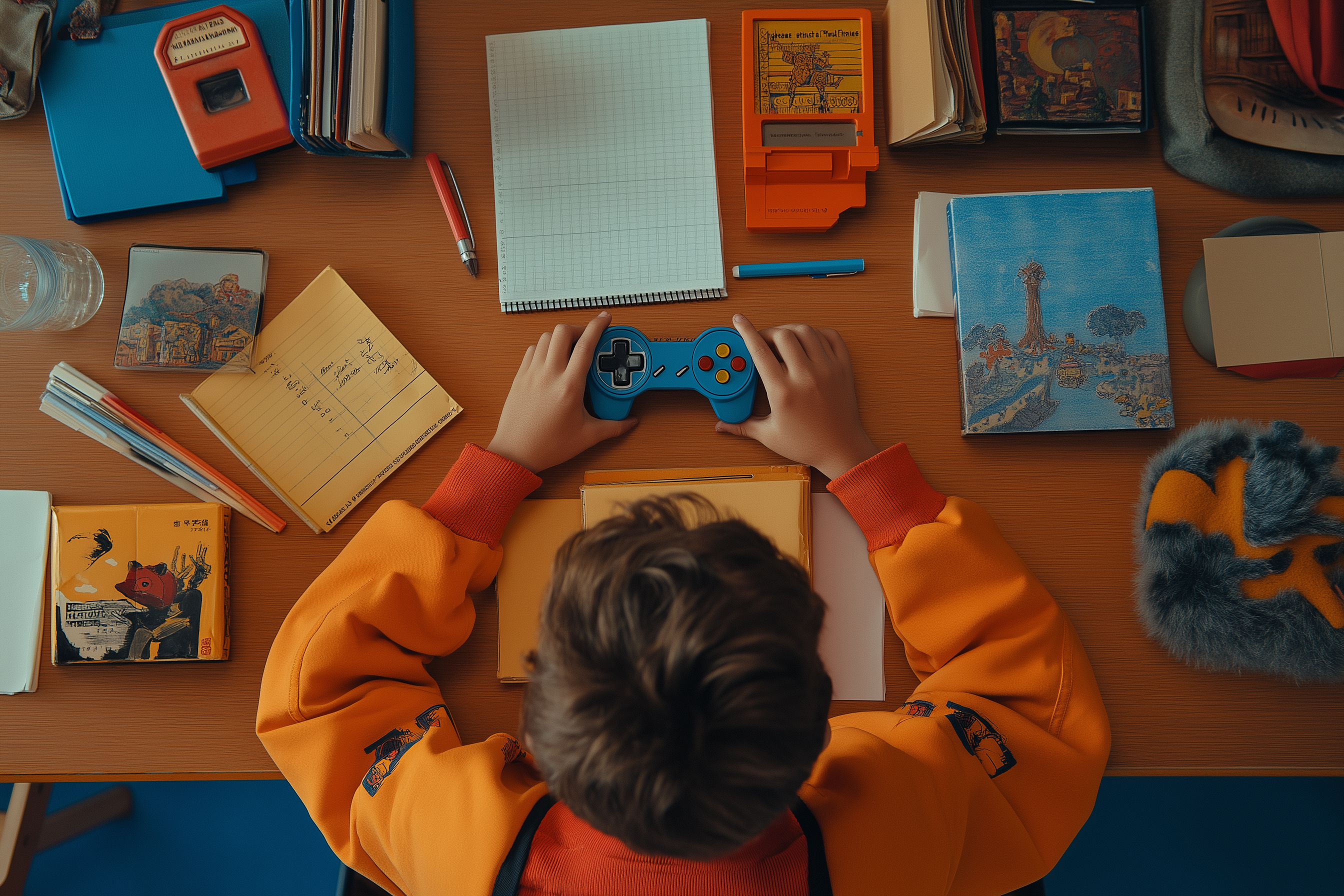
Introduction to Gamification in Education
In today’s digital age, educational strategies are evolving to meet the needs of a new generation of learners. One increasingly popular method is gamification, which involves integrating game-like elements into the educational process. This approach aims to boost engagement, motivation, and ultimately, learning outcomes for students. If you’ve ever wondered how game mechanics could transform your classroom, you’re in the right place.
What is Gamification?
At its core, gamification applies principles from game design to non-game contexts, including education. This includes elements such as points, badges, leaderboards, and challenges to create a more interactive and engaging learning environment. For instance, think of how video games reward you for completing tasks; gamification in education does the same, providing incentives for students to participate and excel.
Why Gamify Your Classroom?
Gamification can offer numerous benefits, particularly in elementary education:
- Enhanced engagement: Gamified activities capture students’ attention and make learning fun.
- Increased motivation: Game elements encourage students to push through challenges to achieve rewards.
- Improved retention: Learning through play can enhance memory and understanding.
- Collaboration and teamwork: Many gamified activities require students to work together, fostering important social skills.
Gamification Strategies for the Classroom
Implementing gamification doesn’t have to be complicated. Here are some strategies that you can easily adapt to your classroom:
1. Incorporate Point Systems
One straightforward way to gamify your classroom is by introducing a point system. Award points for various activities, such as completing assignments, participating in discussions, or helping classmates. This method creates a sense of competition and achievement.
2. Use Badges and Achievements
Badges serve as recognition for students’ accomplishments. For example, you might give a badge for mastering a particular skill or for being the most helpful classmate. Not only does this encourage students to strive for these rewards, but it also provides a tangible sense of pride.
3. Create Leaderboards
Displaying a leaderboard can motivate students by showing their progress compared to their peers. However, it’s essential to ensure that this competition remains healthy and inclusive. Consider grouping students or using private leaderboards to minimize stress.
4. Introduce Challenges and Quests
Challenges and quests can be designed around your curriculum. For instance, you could create a math quest where students must solve problems to progress to the next level. This approach not only makes learning enjoyable but also encourages critical thinking.
Challenges in Implementing Gamification
While gamification can be a powerful tool, it’s not without challenges. Here are a few potential obstacles:
- Equity: Not all students may respond equally to gamification. Some may feel discouraged by competition, while others thrive in it.
- Overemphasis on rewards: Focusing too much on rewards can undermine intrinsic motivation. It’s crucial to balance external rewards with the joy of learning.
- Resource constraints: Implementing gamification may require resources that some teachers may not have.
Research Insights on Gamification
Research on gamification in education suggests mixed results regarding its effectiveness. Some studies indicate that while gamification can enhance engagement and motivation, it does not always lead to improved learning outcomes. For example, a systematic review highlighted that gamification might negatively affect cooperation among students and that no solid evidence consistently shows improved learning results in primary education.
Real-World Examples of Gamification
Here are a few real-world examples of gamification in elementary schools:
- ClassDojo: This platform allows teachers to award points to students for positive behavior, fostering a sense of community and accountability.
- Kahoot: A game-based learning platform that enables teachers to create quizzes where students can compete in real-time.
- Quizizz: Similar to Kahoot, this tool allows students to take quizzes at their own pace while competing against classmates.
triös: A Game-Changer for Vocabulary Mastery
One newcomer to the usual list of gamified education in action is triös, a word game designed to reinforce vocabulary skills through play. Inspired by popular games like Connections and Wordle, triös challenges students to group synonyms and antonyms into five trios, encouraging critical thinking and language exploration. To support diverse learners, the game includes a built-in “clue” feature—students can click or hover over a word to view its definition, making it easy to differentiate instruction and promote deeper understanding. By integrating game design with purposeful learning, triös exemplifies how gamification can make education both effective and enjoyable.
Experience the power of gamified learning firsthand—try triös today at trios.sapienteducation.com and bring vocabulary to life for your students.
Creating a Gamified Learning Environment
To create an effective gamified learning environment, it’s essential to consider your students’ needs and interests. Here are some best practices to follow:
- Understand your students: Tailor gamification elements to fit your students’ interests and learning styles.
- Set clear objectives: Ensure that gamified activities align with your educational goals and learning outcomes.
- Encourage reflection: Allow students to reflect on their experiences and what they’ve learned through gamified activities.
Conclusion: The Future of Gamification in Education
As education continues to evolve, gamification offers a promising avenue to enhance engagement and motivation among elementary students. By carefully implementing game elements in your classroom, you can create a vibrant learning environment that fosters collaboration, critical thinking, and a genuine love for learning.
Are you ready to transform your classroom with gamification? Join our waitlist to stay updated on the latest educational strategies and resources: Join our Waitlist.
Quote Section
“Gamification is not just about adding points and badges; it’s about creating experiences that engage students and encourage them to take ownership of their learning.”
Recap Points
- Gamification enhances student engagement and motivation.
- Incorporate point systems, badges, and challenges to gamify learning.
- Be mindful of challenges such as equity and resource constraints.
- Research shows mixed results regarding its impact on learning outcomes.


